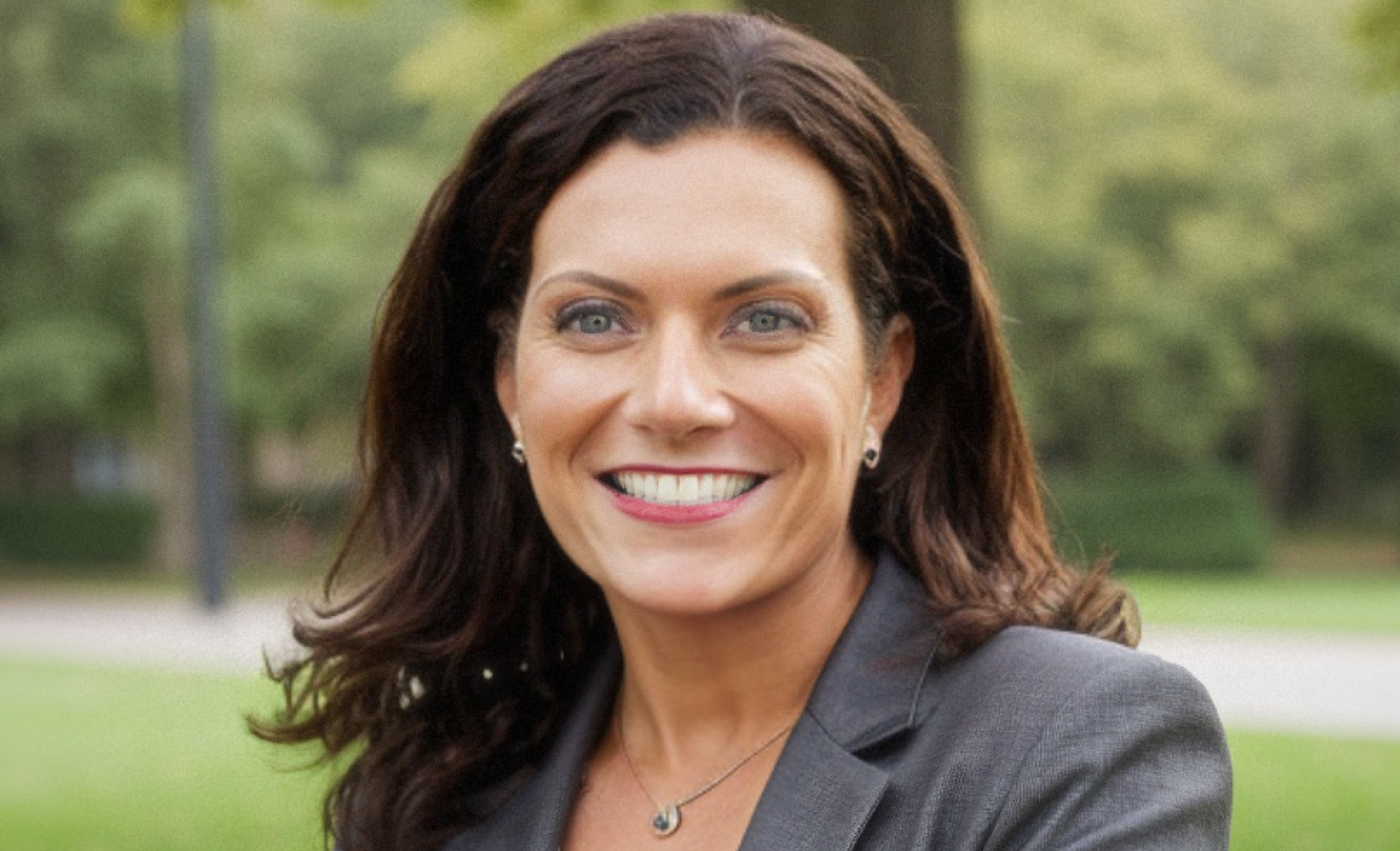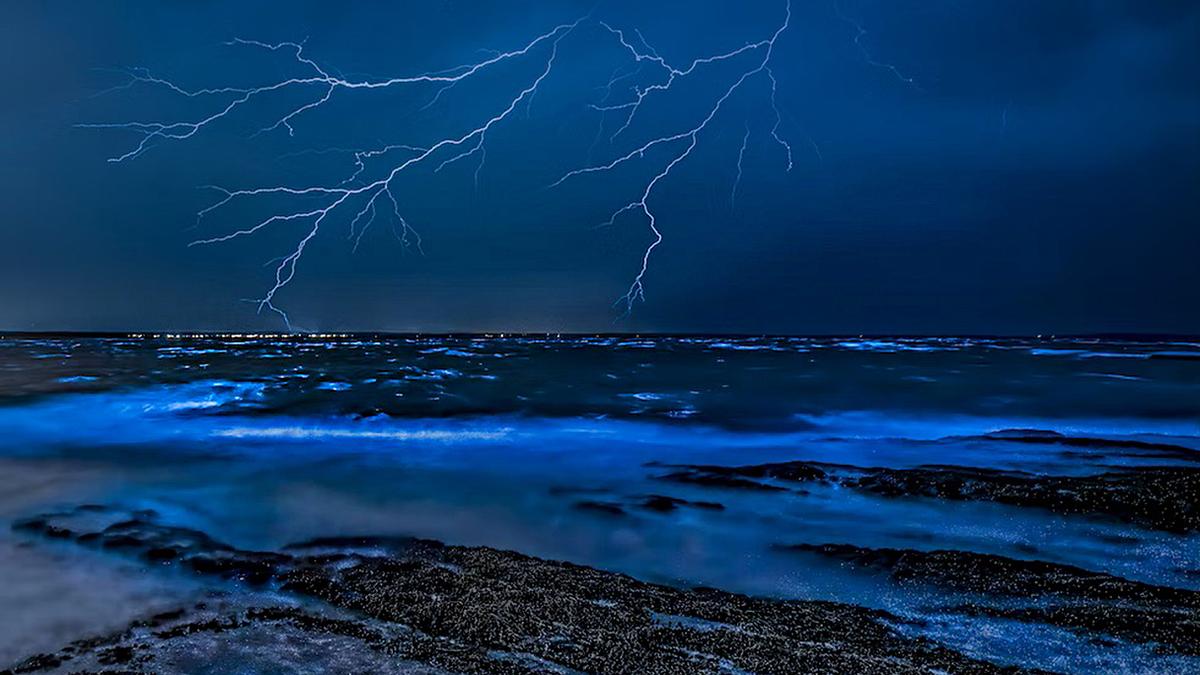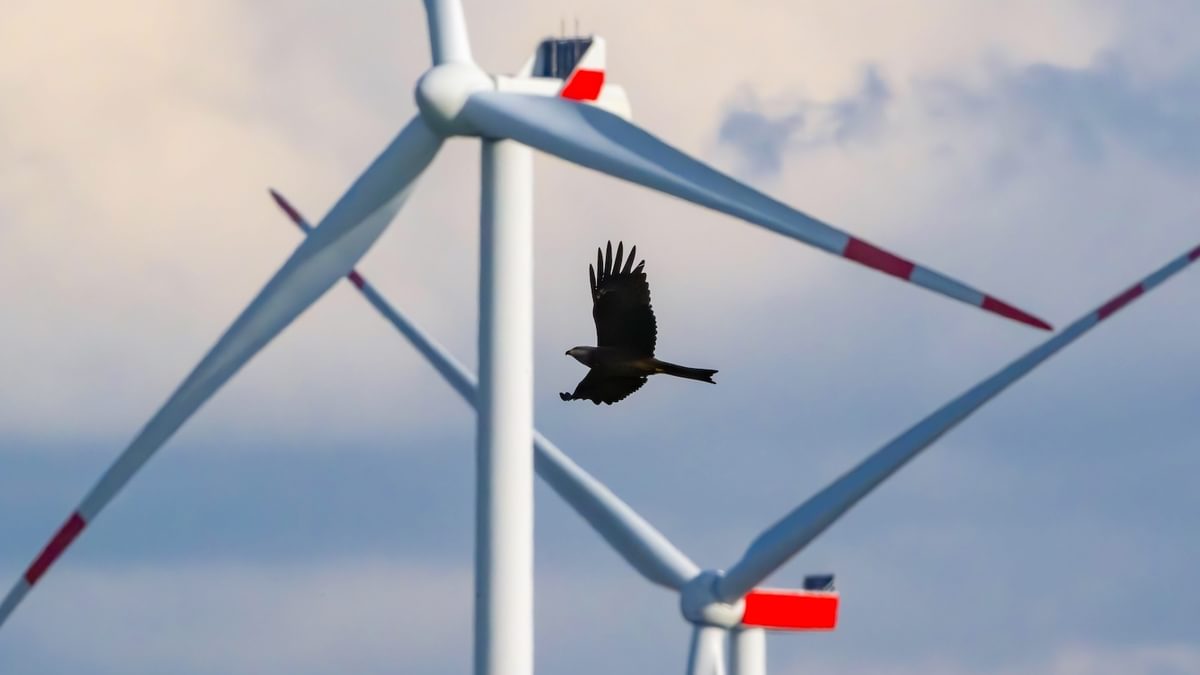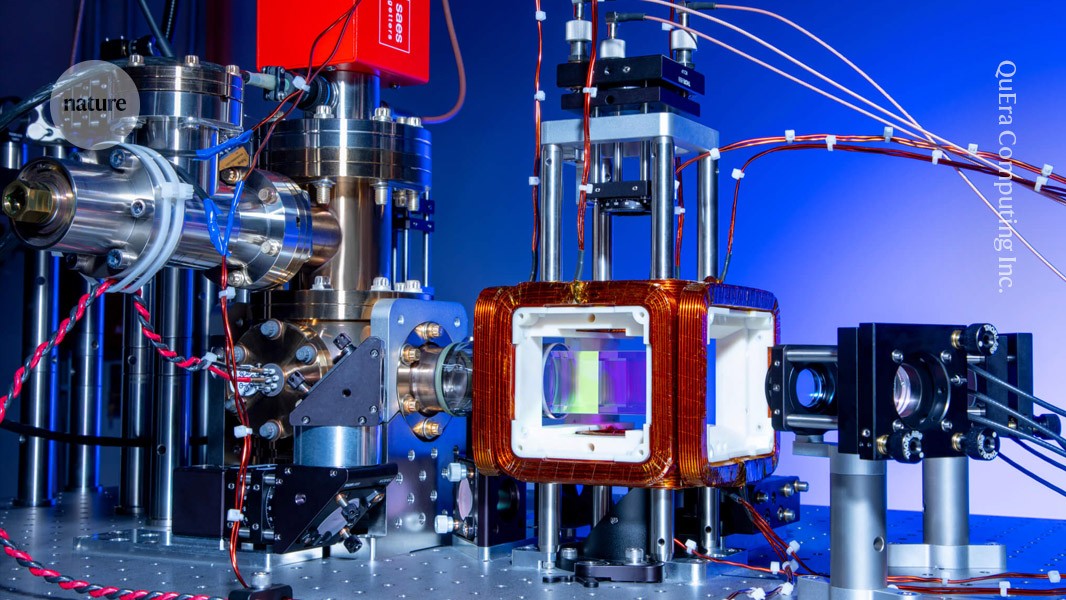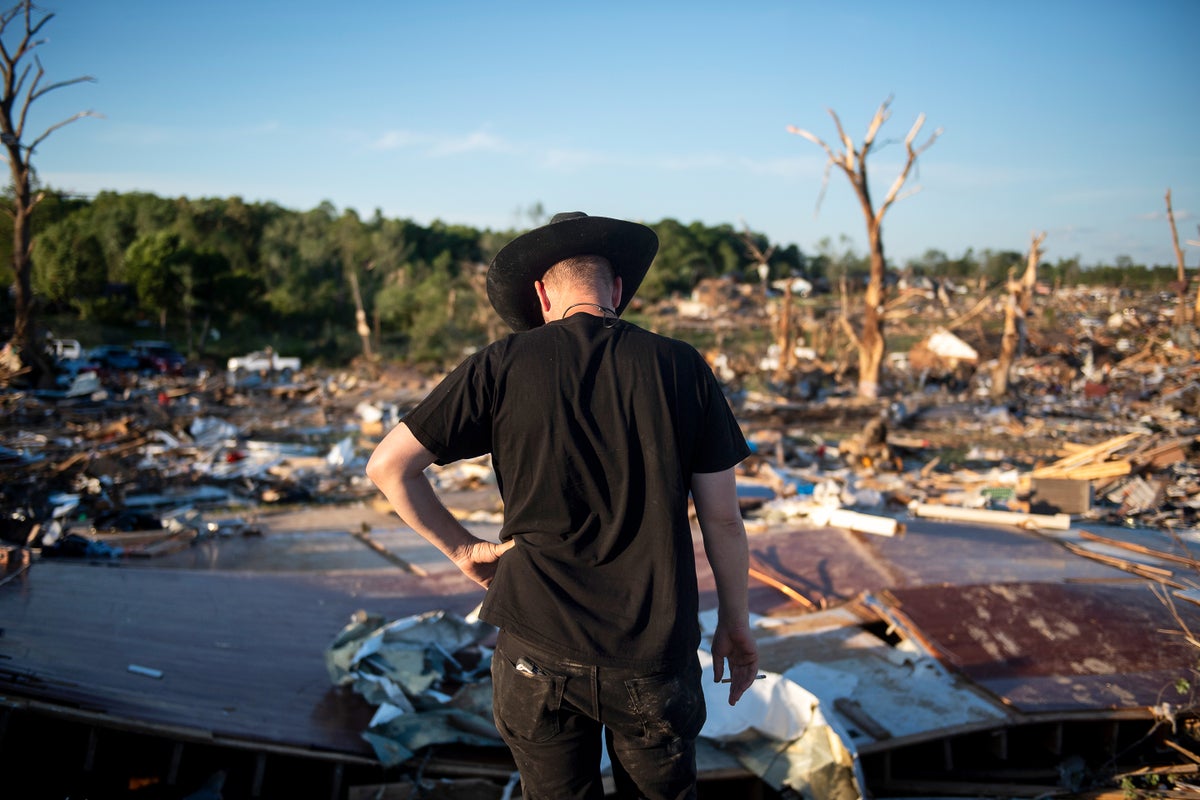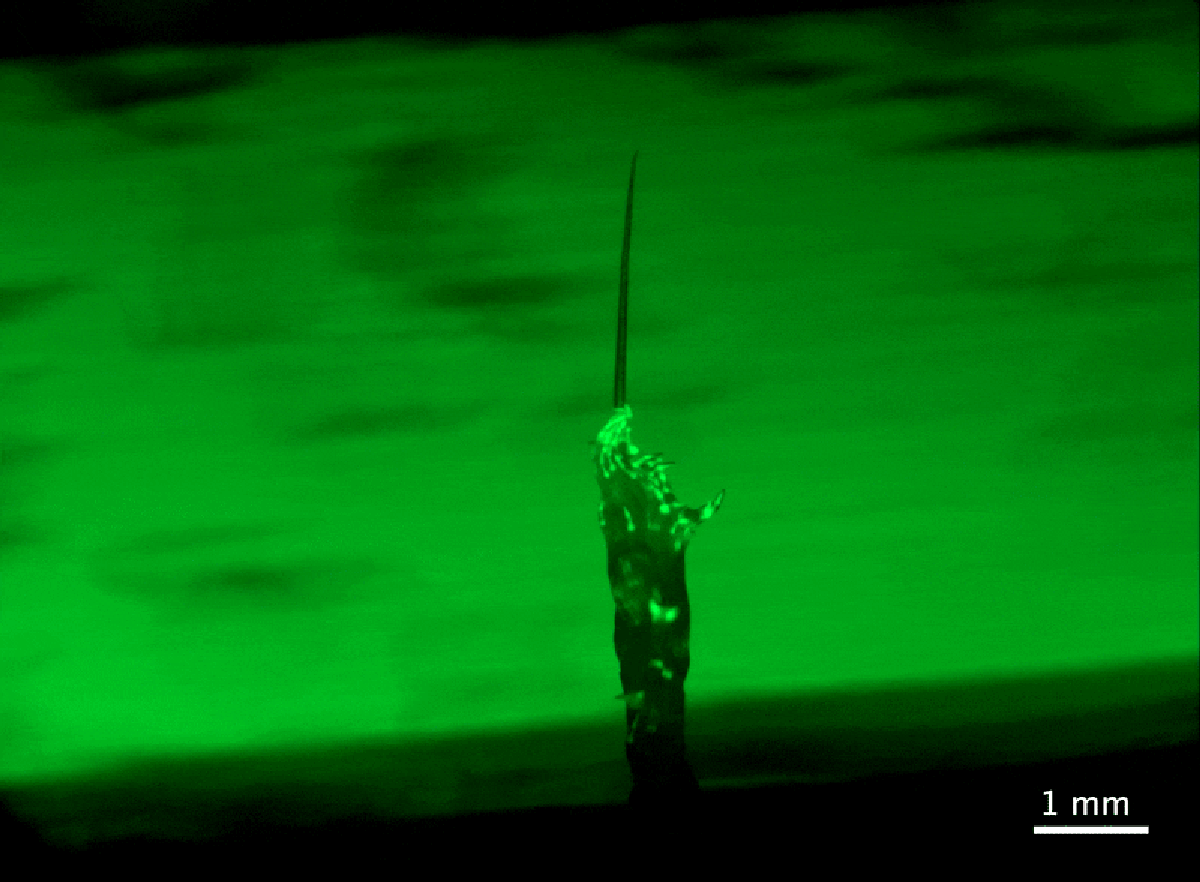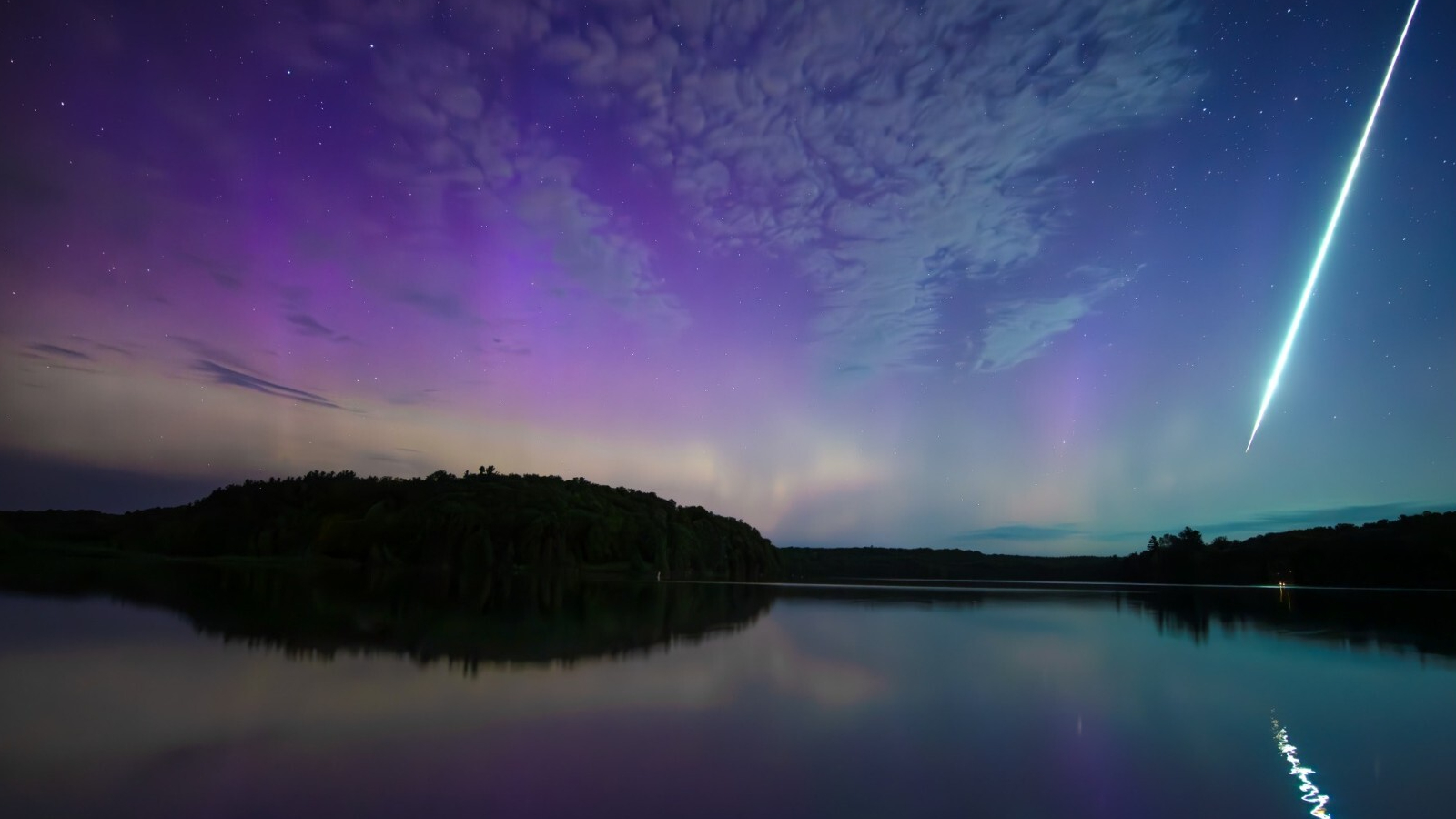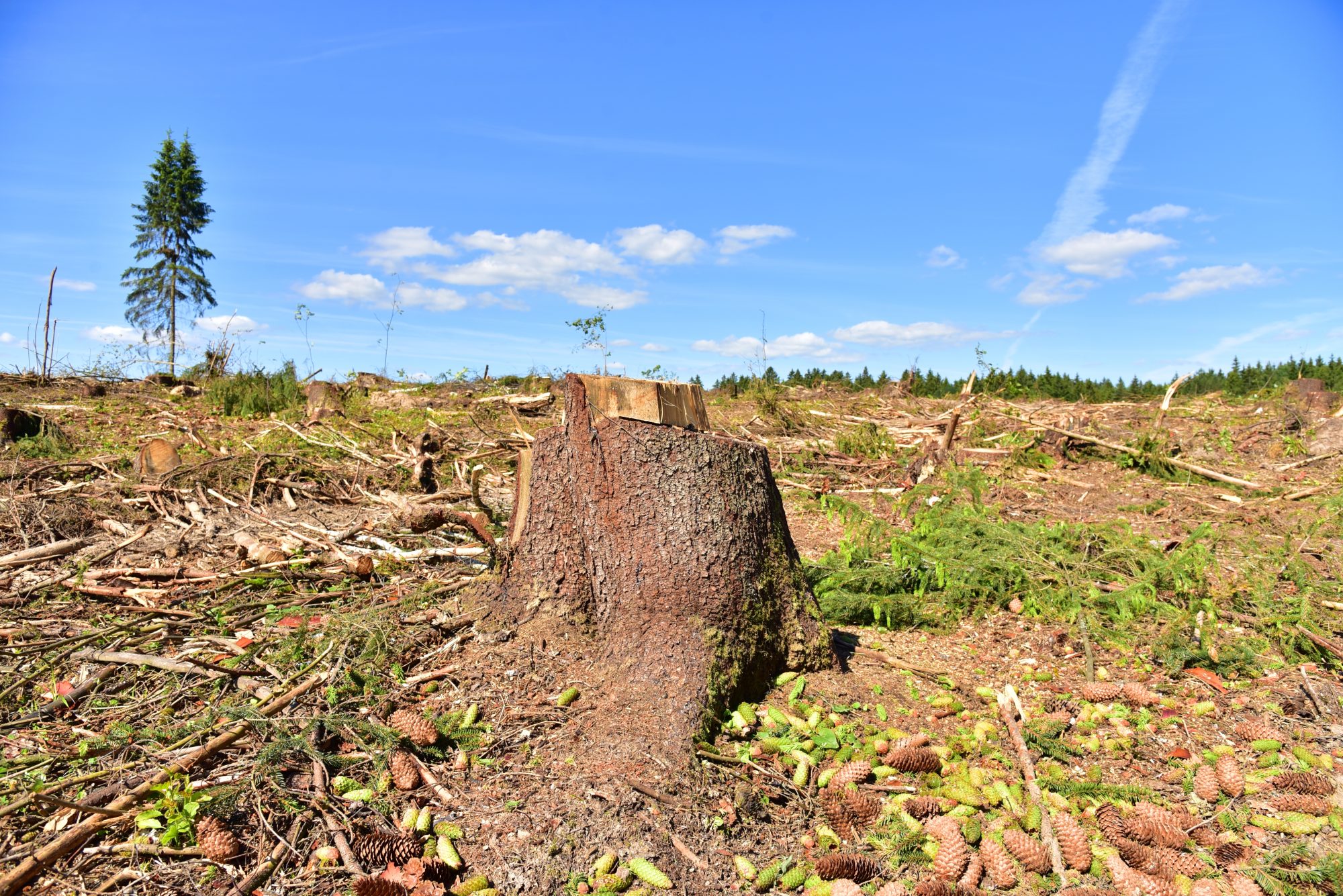Why Jigar Shah thinks America’s clean energy industry isn’t dead yet
The former Biden energy official says growing demand will assure future production, even if Congress will determine how expensive it will be. The post Why Jigar Shah thinks America’s clean energy industry isn’t dead yet appeared first on Trellis.

Jigar Shah is concerned about an impending rise in energy costs, but he’s still optimistic about the prospect of America’s clean energy future.
That’s one of the main takeaways from a wide ranging interview with the former director of the Biden Department of Energy (DOE) Loan Programs Office (LPO). Shah, who is now a part-time fellow for the World Resources Institute and consultant for PowerHouse Ventures, spoke with Trellis about the future of U.S. energy.
U.S. energy production
The House passed its version of the reconciliation budget bill on May 22, repealing many clean energy credits created in the 2022 Inflation Reduction Act (IRA) including the clean electricity investment tax credit and advanced manufacturing production credit. Also noteworthy: The legislation tightened the deadline to take advantage of many IRA manufacturing credits — 60 days after the bill’s passage.
And though nuclear energy is exempt from the 60-day rule, the nuclear power production credit expires earlier than planned in 2031.
These credits directly contribute to the affordable development of clean energy production, including solar, wind and battery storage subsidies. Not surprisingly, these proposed cuts, combined with federal agencies slashing funding for decarbonization and clean energy projects, have Shah worried that the U.S. will be unable to meet the necessary minimum energy load by 2030.
“The vast majority of electricity planners think that we need 150 gigawatts of new energy capacity by 2030 to meet all of our economic development goals,” said Shah, “The American Gas Association (AGA) has said very clearly that they do not believe that we can build more than 50 gigawatts of new natural gas in this country by 2030.”
Shah referenced the AGA to emphasize that even the fossil fuel industry is concerned about America’s ability to meet its future capacity needs, especially in light of the growing demands of artificial intelligence (AI). The Lawrence Berkeley National Laboratory projected that by 2028, more than half of all electricity use in data centers will directly support AI use.
To meet this demand, most experts believe, energy production will have to include solar and wind.
Undermining clean energy bipartisanship
The LPO, which provides low-cost funding, was designed to stimulate private sector investment in clean energy projects. But the House reconciliation bill cut all unused credit subsidy funding currently available to the office. This doesn’t just affect Trump administration bugaboos like windmills and solar, but also geothermal and nuclear energy production, which are the rare examples of bipartisan net-zero energy production.
“You’re not going to build nuclear between now and 2030,” Shah said. “Or even new geothermal.” Rather, he believes, existing clean energy technology will have to fill the gaps. “It’ll just be more expensive,” he said.
Moreover, with the LPO hobbled the clean energy industry is set up for a devastating domino effect because the reconciliation bill also cuts all manufacturing and production credits that would help buffer the impact of rescinded funds.
But Shah doesn’t see this future as inevitable. He is calling for a congressional compromise, one that would allow for at least $100 million in credit subsidies to remain within LPO. Although a fraction of the original $5 billion allocated to the office in the IRA, such a safety net would prevent entire programs, like the DOE’s Advanced Technology Vehicles Manufacturing Loan Program, from shuttering. Just as important, Shah said, it would uphold the LPO’s loan authority, allowing it to maintain deals with utilities and other companies.
The post Why Jigar Shah thinks America’s clean energy industry isn’t dead yet appeared first on Trellis.















